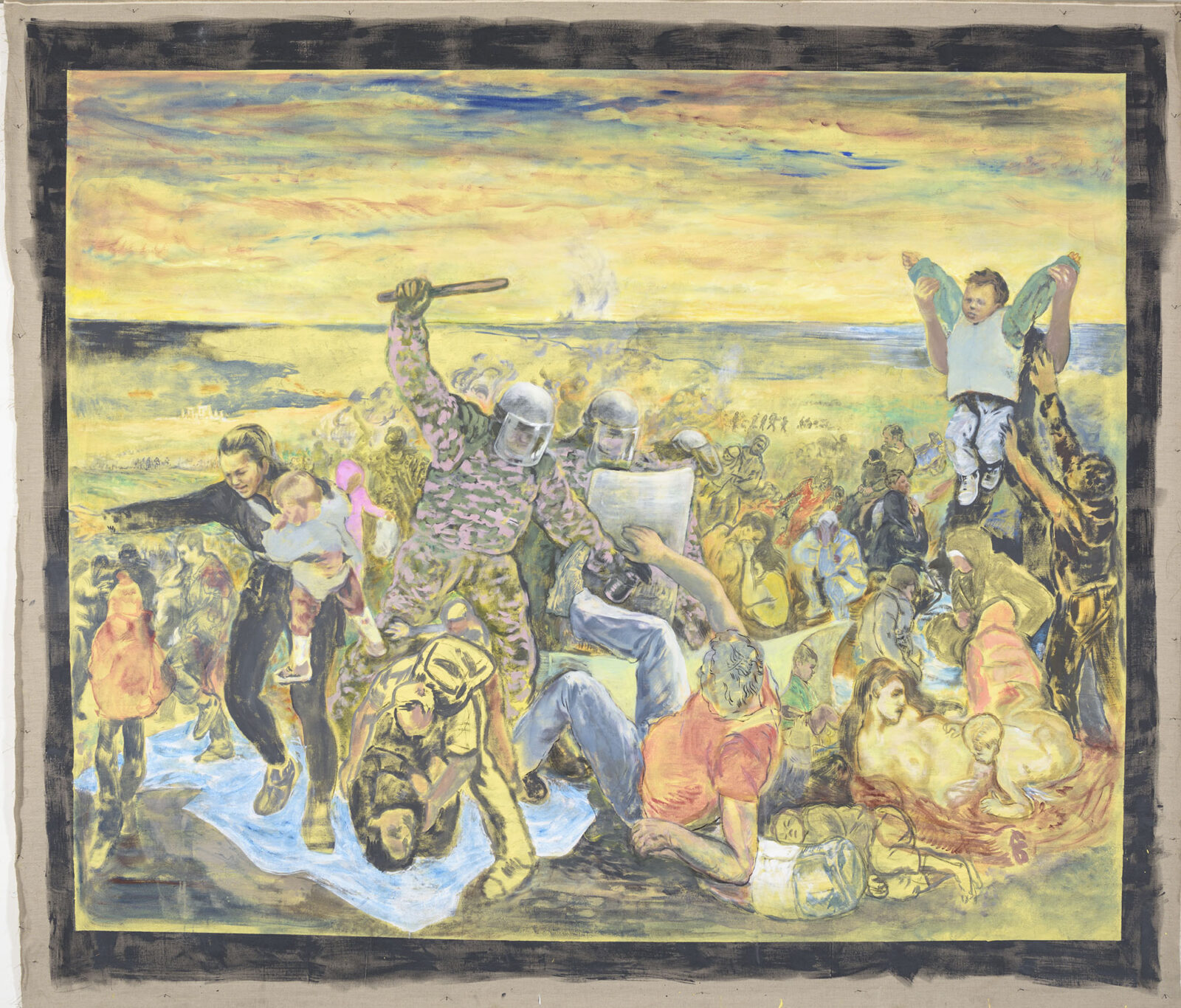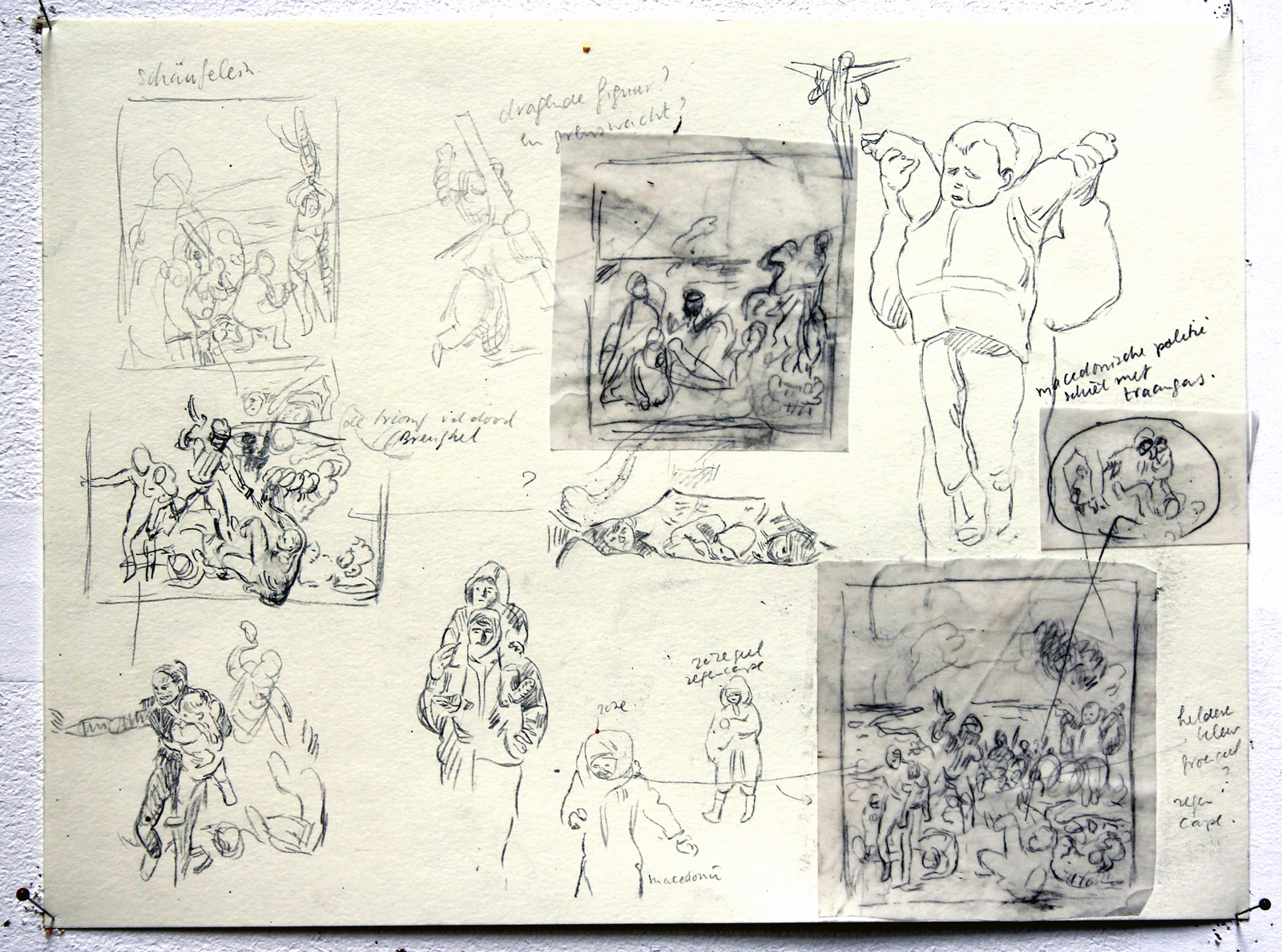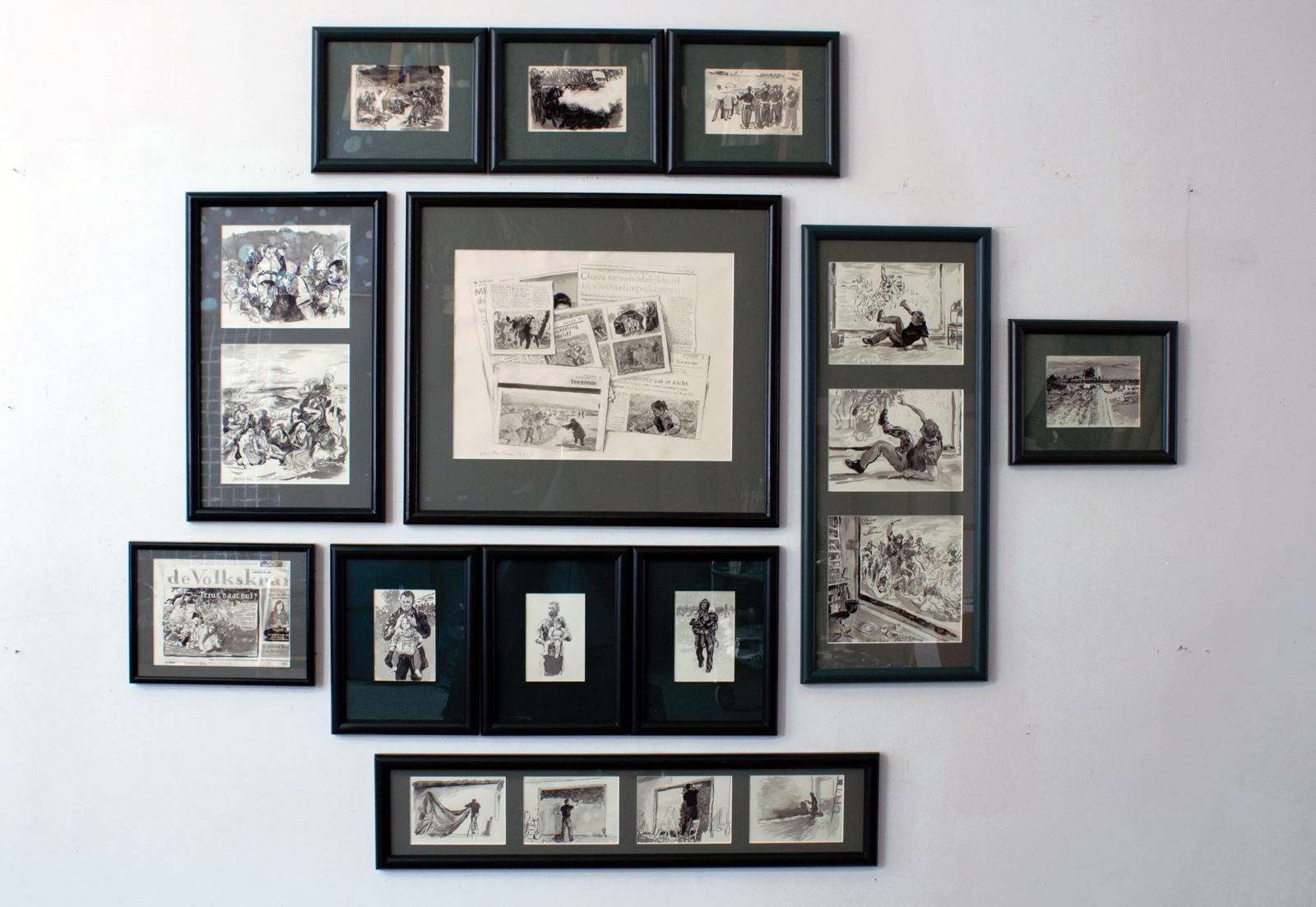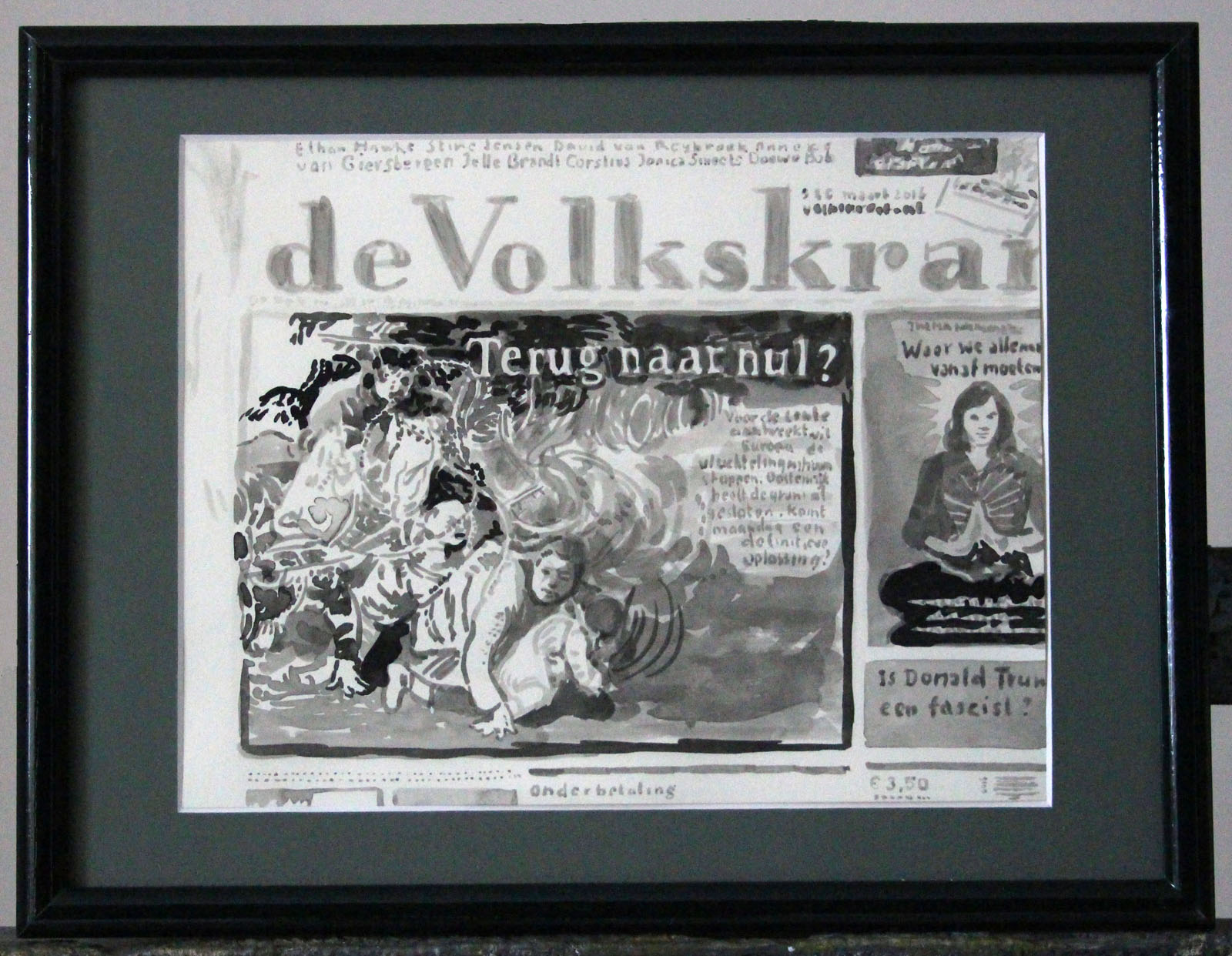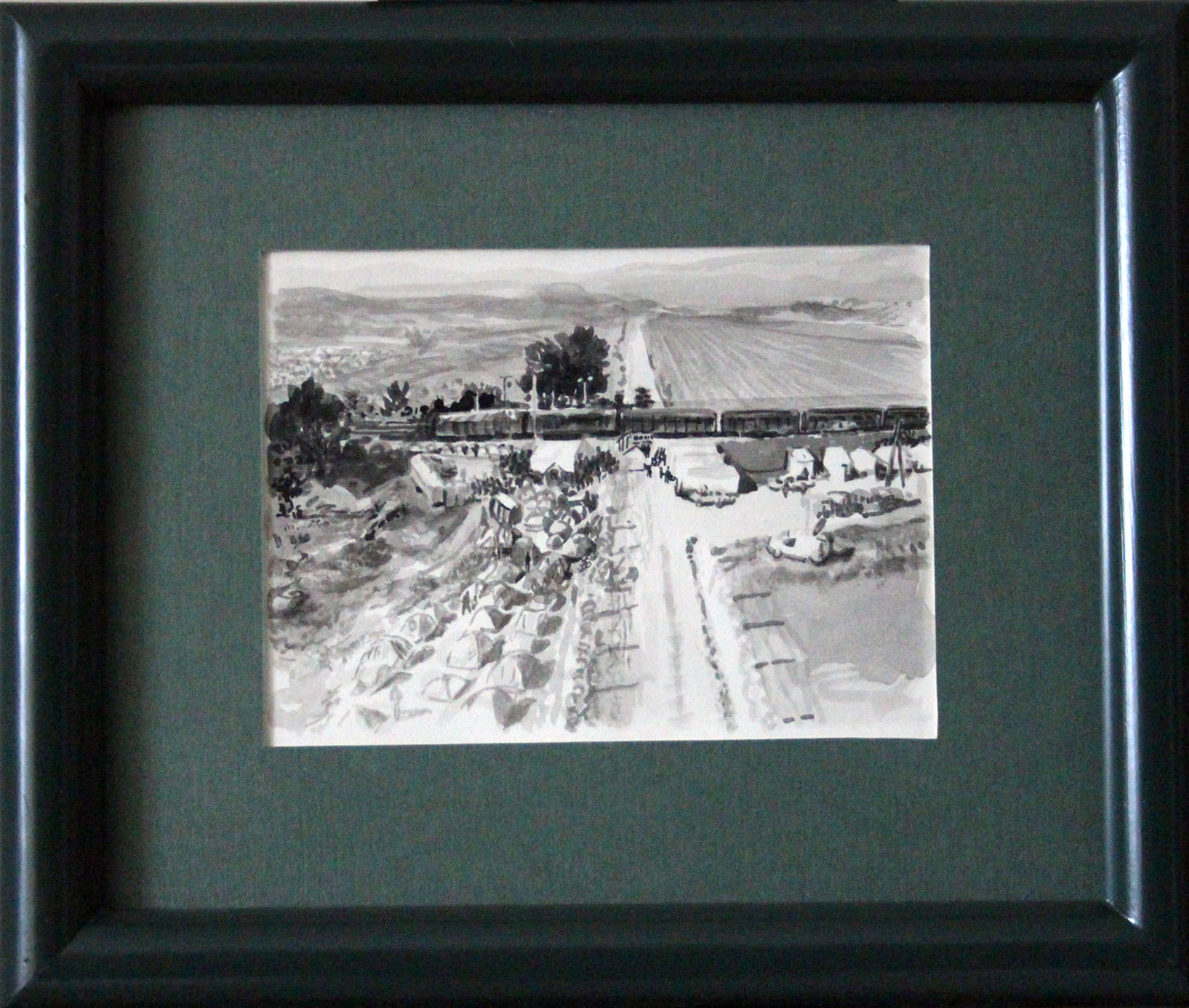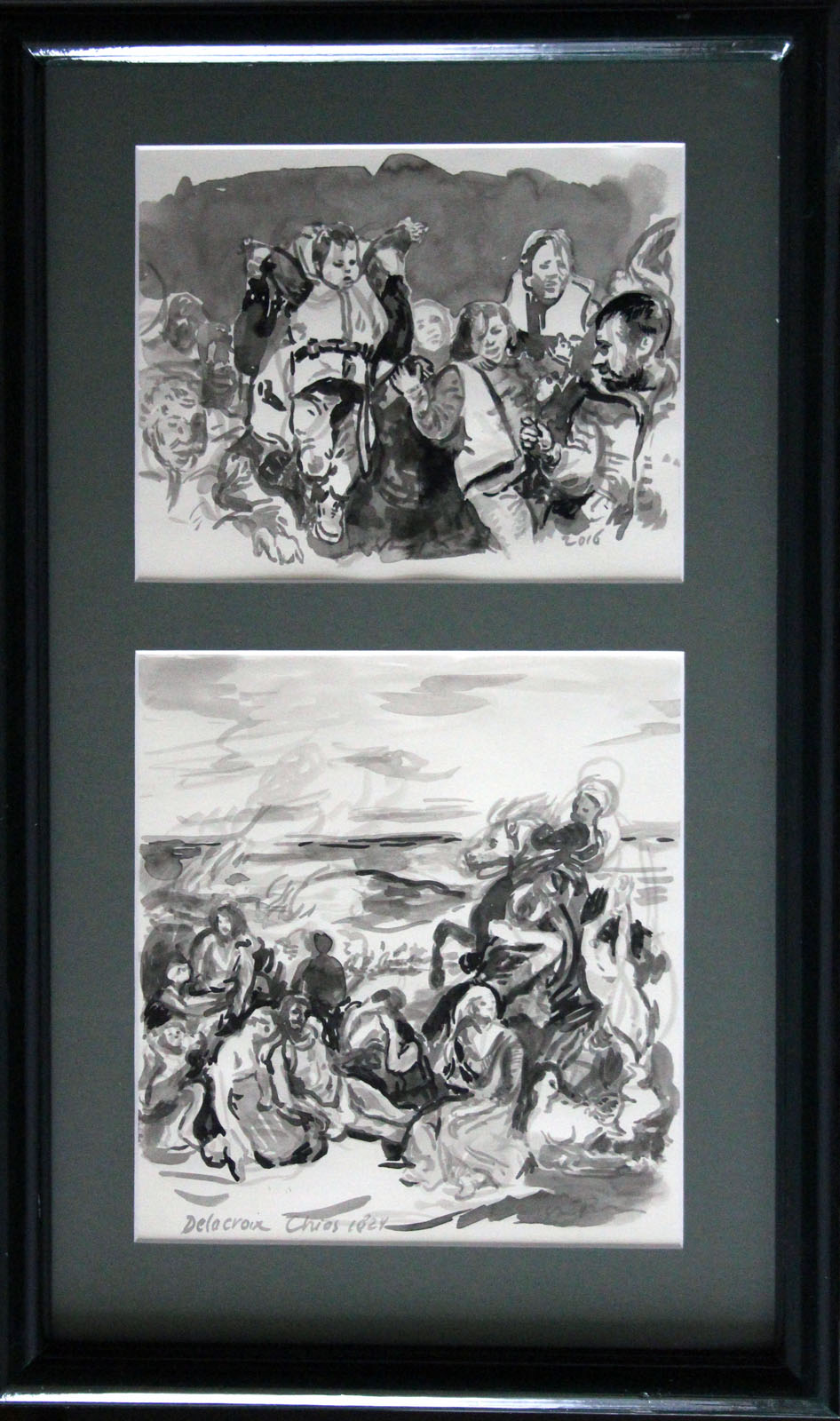Chios-Idomeni 1824-2015
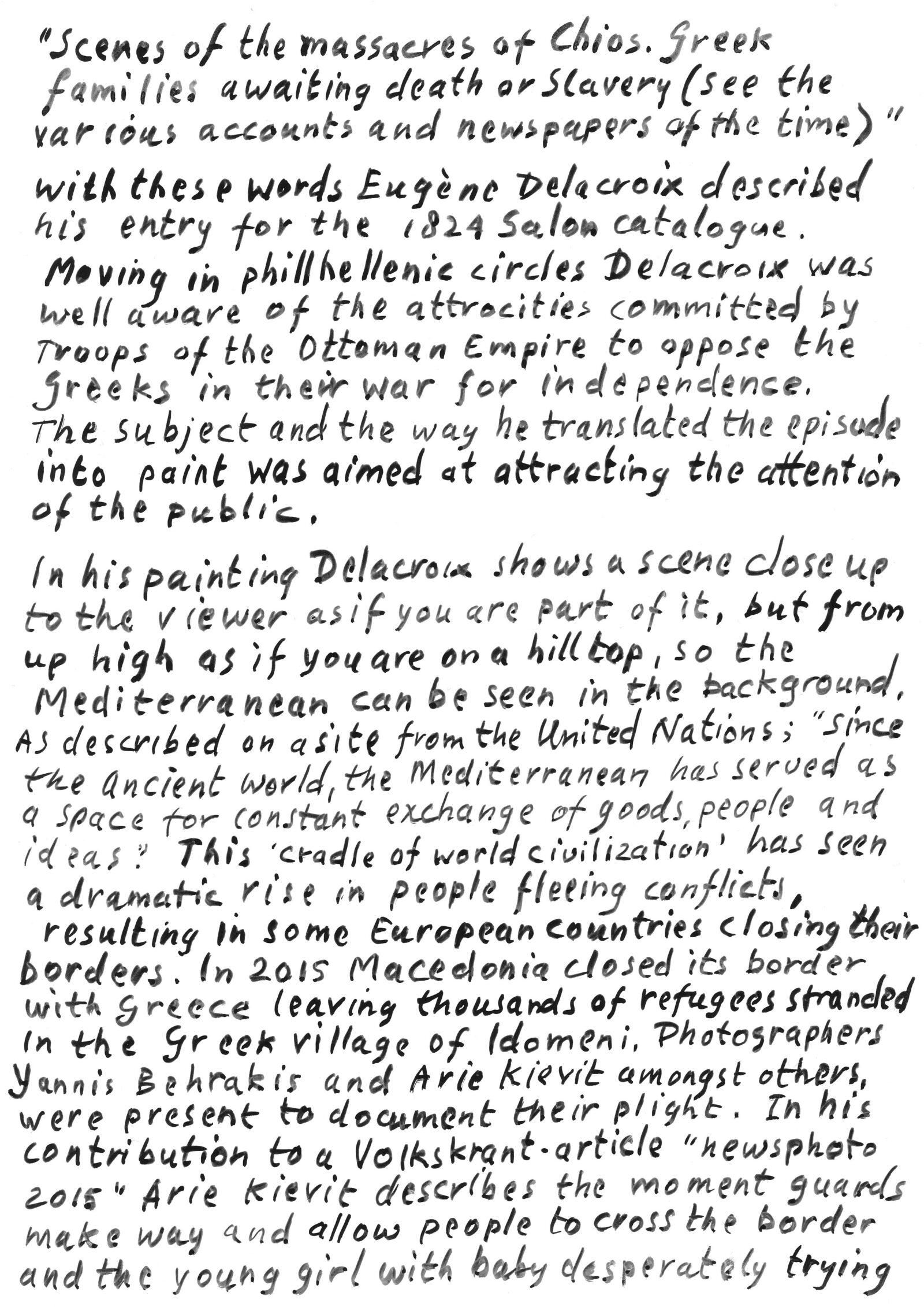
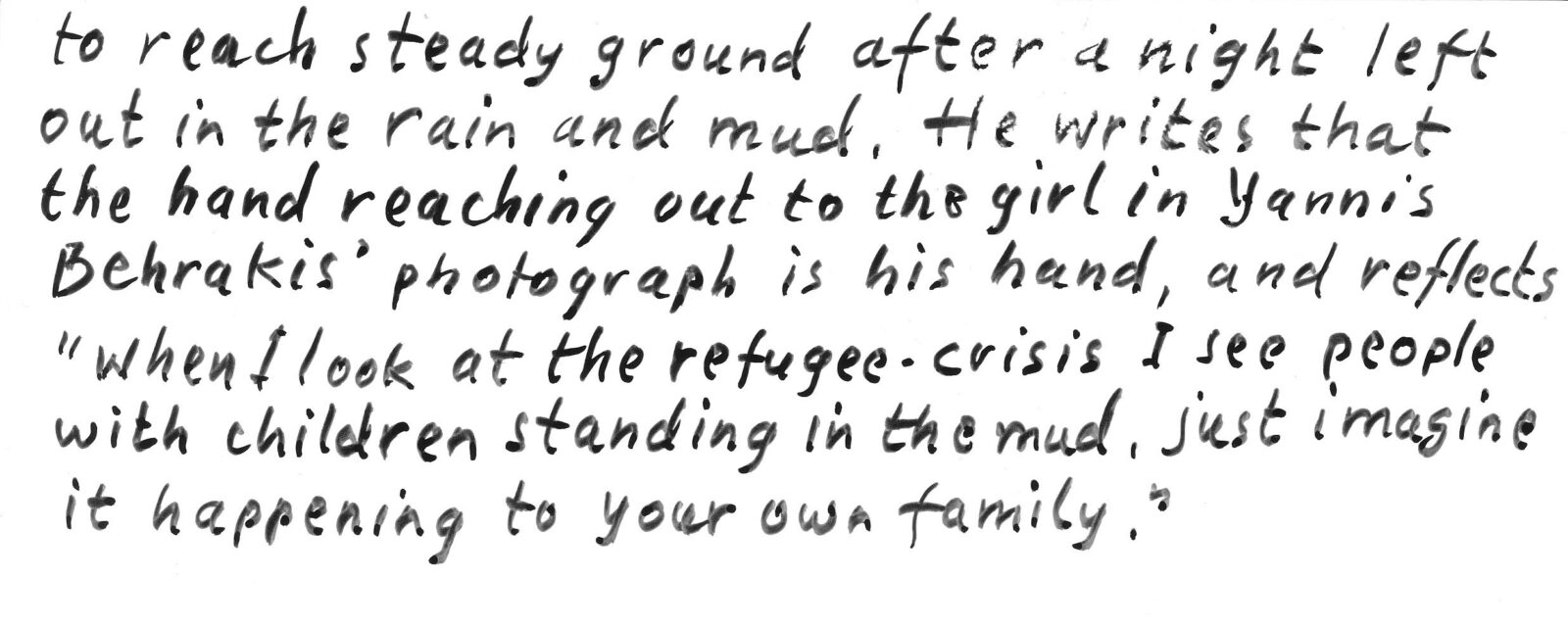
“Scenes of the massacres of Chios. Greek families awaiting death or slavery (see the various accounts and newspapers of the time).” With these words Eugene Delacroix described his entry for the 1824 Salon catalogue. Moving in philhellenic circles Delacroix was well aware of the attrocities committed by troops of the Ottoman Empire to oppose the Greeks in their war for independence. The subject and the way he translated the episode into paint was aimed at attracting the attention of the public.
In his painting Delacroix shows a scene up close to the viewer as if you are part of it, but from up high as if you are on a hilltop, so the Mediterranean can be seen in the background. As described on a site from the United Nations ;Since the ancient world, the Mediterranean has served as a space for constant exchange of goods, people and ideas. This ; ‘cradle of world civilization’ has seen a dramatic rise of people fleeing conflicts, resulting in European countries closing their borders. In 2015 Macedonia closed its border with Greece leaving thousands of refugees stranded in the Greek village of Idomeni. Photographers Yannis Behrakis and Arie Kievit amongst others were present to document their plight. In his contribution to a Volkskrant article “newsphoto 2015” Arie Kievit describes the moment guards make way and allow people to cross the border and the young girl with baby, desperately trying to reach steady ground after a night left out in the rain and mud. He writes that the hand reaching out to the girl in Yannis Behrakis’ photograph is his hand and reflects; ‘when I look at the refugee-crisis I see people with children standing in the mud, just imagine it happening to your own family”.
